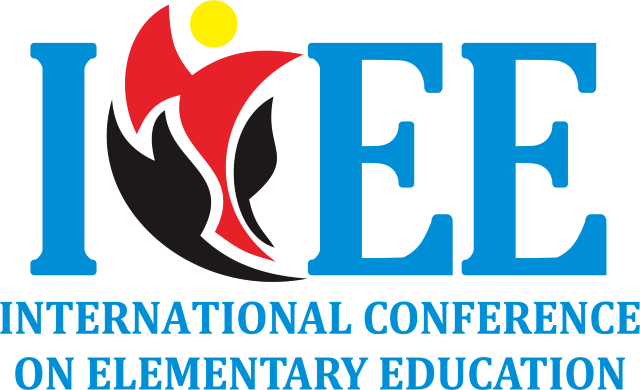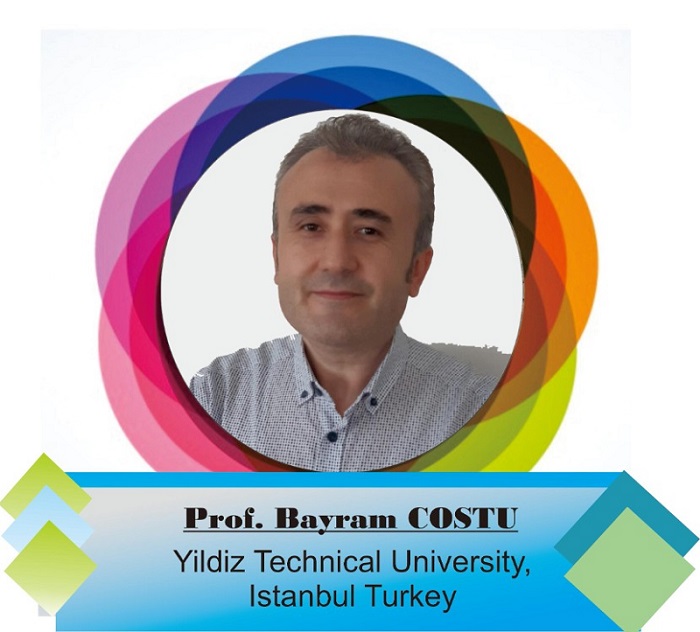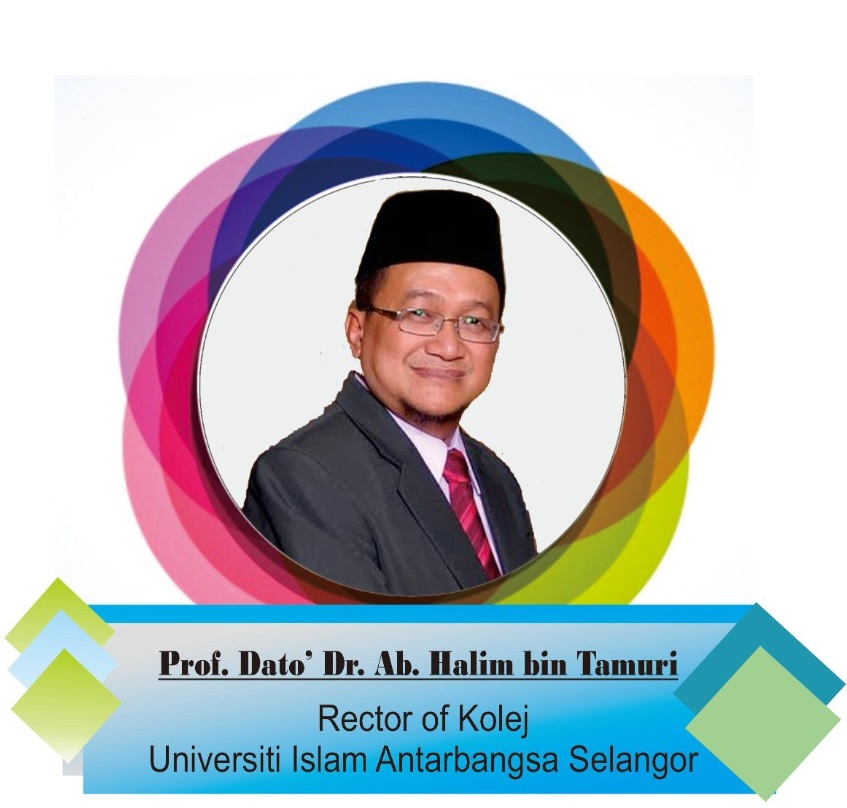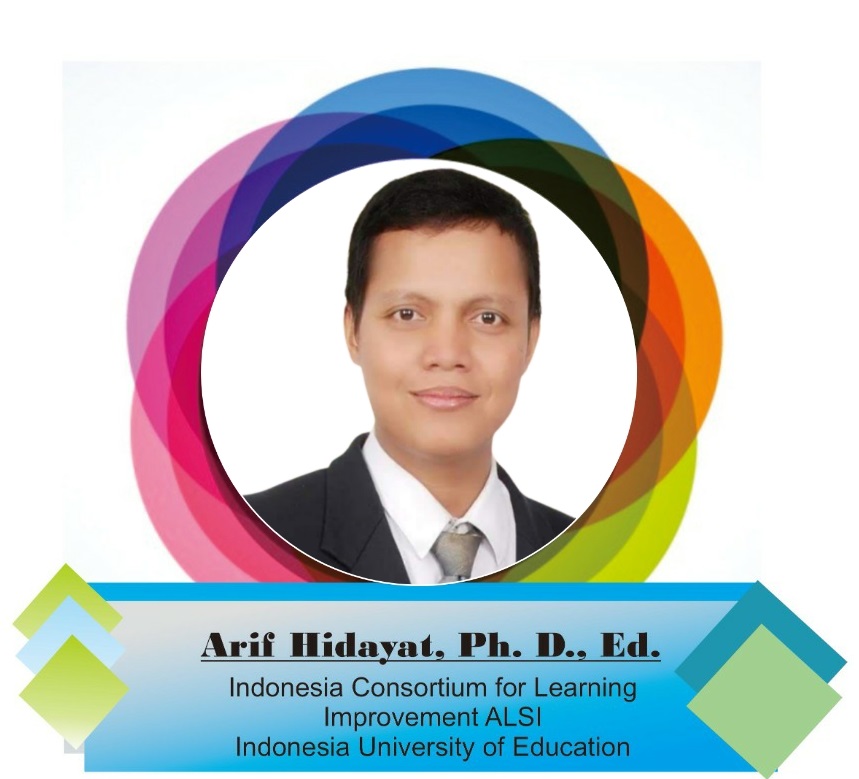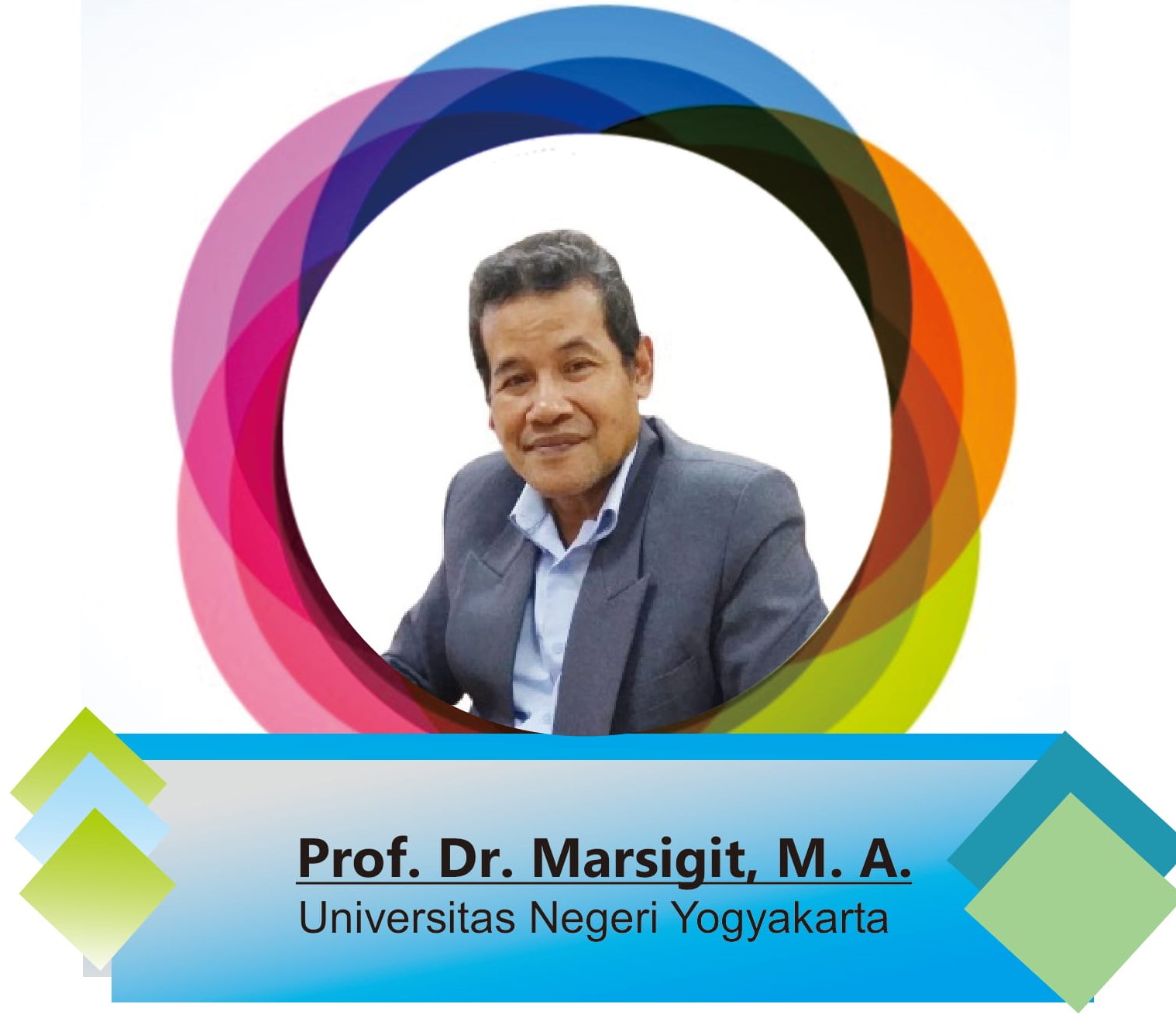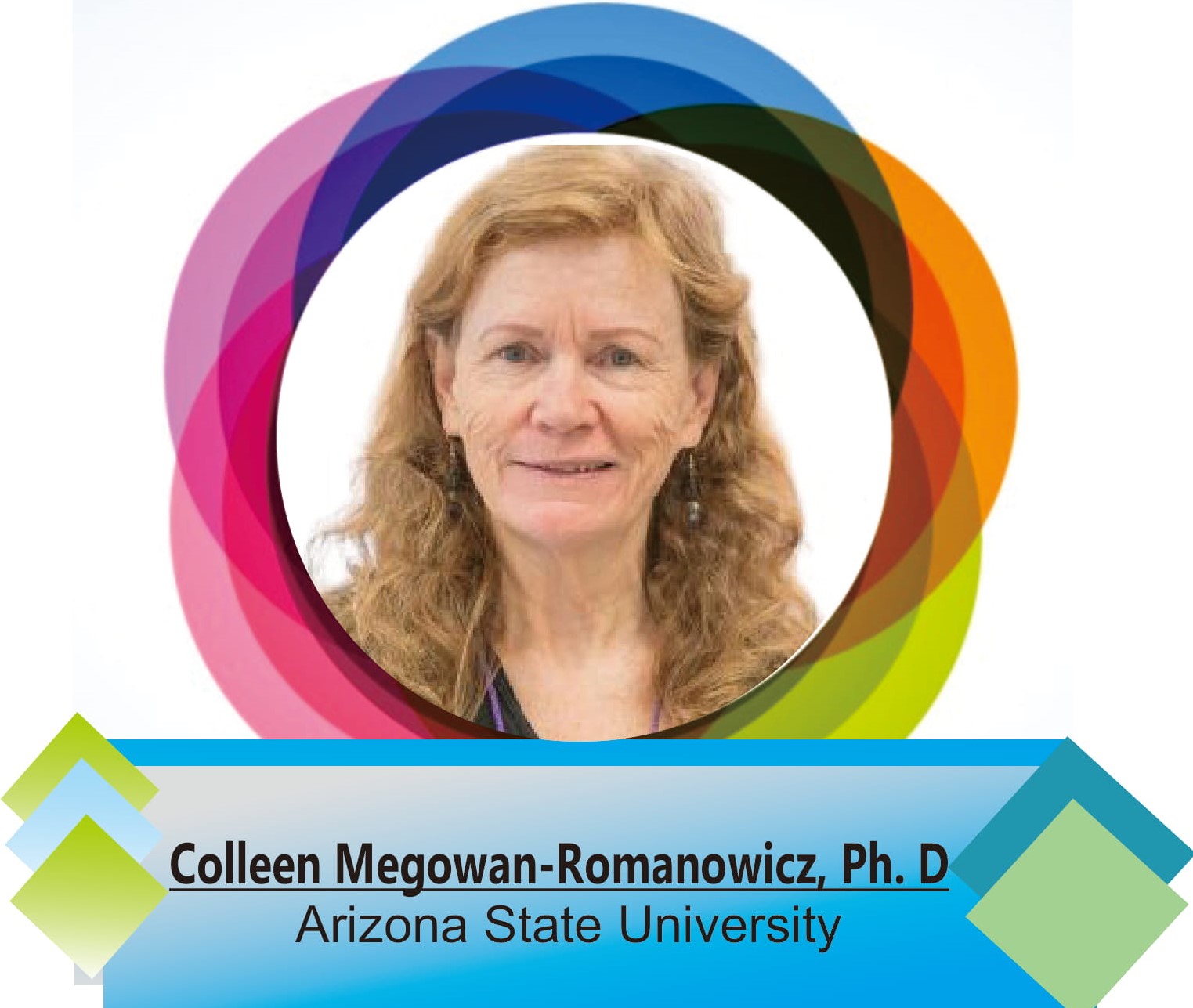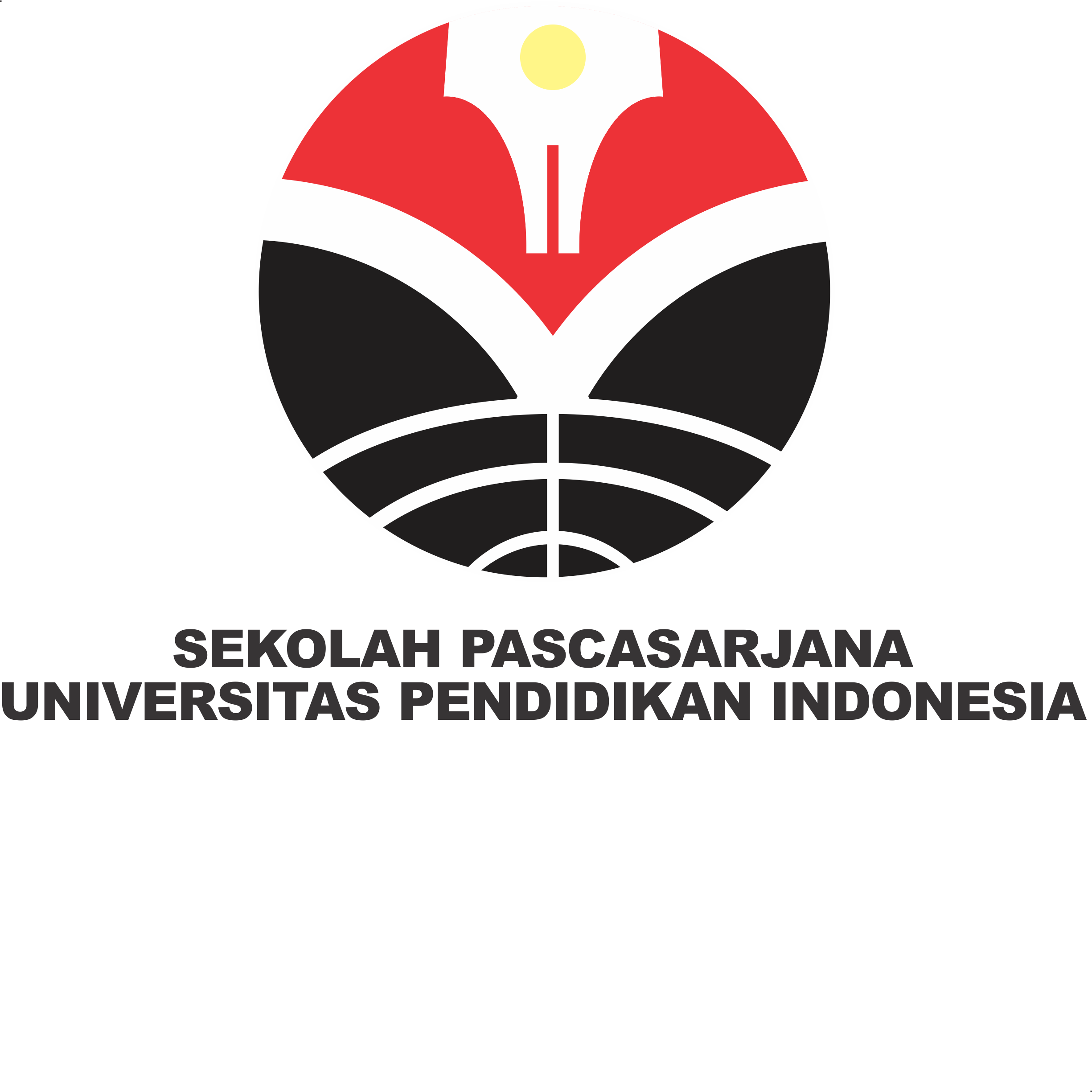Author Guidelines
- Articles submitted to the conference should be accompanied by an abstract of not more than 150-200 words, The abstract describes problems, objectives, methods, results, and conclusions. with the font size 9.
- On the abstract, explicitly write in bold: Introduction, the objective of the papers, method, findings, and conclusion.
- Below the abstract, about three to five keywords should appear together with the main body of the article with the font size 9.
- Articles should be written in English in 1 space, using Microsoft Word, font size 11 (Subtitle) and font size 10 (description of the subtitle), Cambria, top, left, bottom, and right margin 2.5 cm, printed in A4.
- For research-based articles, the outline used is the introduction (without heading or subheading), method, findings, and discussion, conclusion, acknowledgment, and references.
- Title Capitalize Each Word, Cambria 14, Bold, Justify Alignment
- The introduction should be presented in the form of paragraphs, not pointers.
- The method section Describe the methods/designs/procedures used in the study. Equipped with exposure to the research site in general, and research subjects in detail.
- The result and discussion section consist of a description of the results of the data analysis to answer the research question(s) and their meanings are seen from current theories and references of the area addressed.
- The conclusion section consists of the summary, restatement of the main findings.
- Use only horizontal lines when using tables. Put the table number and the title of the table on top of it.
- Every source cited in the body of the article should appear in the reference, and all sources appearing in the reference should be cited in the body of the article.
- The sources cited should at least 80% come from those published in the last 10 years. The sources cited are primary sources in the forms of journal articles, books, and research reports, including theses and dissertations.
- Citation is done using a bracket (last name and year of publication). When the sources are cited verbatim, the page number is included.
- Proofs will be sent to the author for correction and should be returned to icee.event.upi.edu by the deadline given.
- Articles are written in two languages (English and Indonesian), written in the same file with English first then Indonesian.
- Articles must be free from plagiarism and have not been published. The article's similarity criterion is not more than 30%. Each author must attach the plagiarism check results of the article. Plagiarism check can use Turnitin or the others
- File similarity test results with Turnitin or the others can be sent via link http://bit.ly/PlagVidICEE3 with the file name format: Plag_Author_Title
- The file Video presentation can be sent via link http://bit.ly/PlagVidICEE3 with the file name format: Video_Author_Title
- The deadline for submitting videos and proof of plagiarism-free is November 14, 2020
- Quotation and references follow APA style and the latter should be included at the end of the article in the following examples:
References
APA Standard; Century Gothic, 10pt, single-spaced, It is recommended to use Reference Management such as Mendeley or Zotero
Journal Papers
Ahdhianto, E., Marsigit, M., Haryanto, H., & Nurfauzi, Y. (2020). Improving Fifth-Grade Students’ Mathematical Problem-Solving and Critical Thinking Skills Using Problem-Based Learning. Universal Journal of Educational Research, 8(5), 2012–2021. https://doi.org/10.13189/ujer.2020.080539.
Conference Proceedings Papers
Fitriyani, Y., & Supriatna, N. (2019). Effect of Effectiveness of Application Used Cooperative Learning Model Type Numbered Head Together (NHT), Teams Games Tournament (TGT), and Course Review Horay (CRH) against Increased Critical Thinking Skill of Students. The 2nd International Conference on Elementary Education, 2(1), 955–968. Retrieved from http://proceedings.upi.edu/index.php/icee/article/view/707/623
Book
Creswell, J. W. (2014). Research Design: Qualitative, Quantitative, And Mixed Methods Approaches. Sage Publication, Inc.
Online
FIMI Dataset Repository, http://fimi.cs.helsinki.fi/data/ Retrieved 09 August 2011.
Thesis
Williams, J. (1993). “Narrow-band analyzer,” Ph.D. dissertation, Department of Electrical Engineering, Harvard University, Cambridge, MA.
Patent
J. P. Wilkinson, “Nonlinear resonant circuit devices,” U.S. Patent 3 624 12, July 16, 1990.
Appendix
Appendixes, if needed, appear after Reference.
